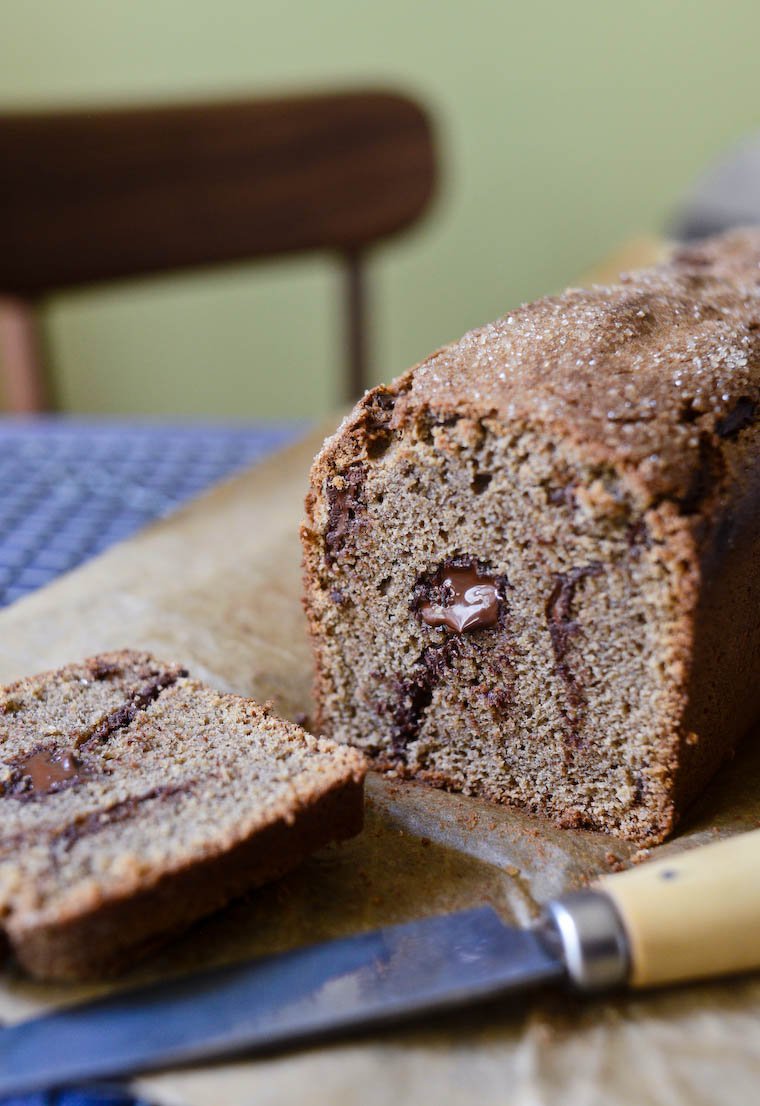Our spring has been less than exemplary, with record low temperatures and downpours. And in a country that loves (loves!) to complain about the weather, the season has turned into a total moan fest.
I usually try to steer clear of such discussions — is there anything less constructive than griping about something no one can control? — and just nod non-noncommittally whenever bad-weather comments are made. But in this instance, even I have to admit that boy, this May has felt a lot like a November.
The lovely thing about pot-au-feu is that is it meant to be served in two installments: first the broth, with fresh herbs and good crusty bread, and then the meat and vegetables, with more of the broth, strong mustard, and perky little cornichons.
And so, in order to bridge the gap between the expected season and the actual one, I decided to make a springtime pot-au-feu. It would combine the comforts of this epitomic cold-weather beef stew with the vibrancy of the first sprightly vegetables that have bravely managed to sprout and grow despite the unseemly meteorologic conditions: pencil-thin new carrots, baby fennel bulbs, green peas, and waxy little potatoes.
For a really good pot-au-feu, you need to cook the meat for a goooood loooong time — four hours is just about right — and you need to make it the day before you intend to serve it: this allows the flavors to deepen, and gives you a chance to skim some of the fat from the broth, making the whole dish lighter and more refined.
The classic wintry pot-au-feu typically includes leeks, carrots, turnips, celeriac, and potatoes, and sometimes cabbage, which are added to the meat as it cooks until they become very very tender. In my version, since the vegetables I wanted to feature were quick to cook, I first stewed the meat with the odds and ends I keep in the freezer for stock-making purposes, such as leek greens and fennel tops, to produce a flavorful broth in which to cook the star vegetables at the last minute.
The lovely, lovely thing about pot-au-feu is that is it meant to be served in two installments: first the broth, with fresh herbs and good crusty bread, and then the meat and vegetables, with more of the broth, strong mustard, and perky little cornichons*.
Pot-au-feu is ordinarily a dish that I would cook for company, but this time I decided to make it just for us, with good meat I had purchased through the Ruche qui dit oui!. We got three splendid dinners out of it during a very busy week when it was a blessing to have our evening meals ready to reheat in minutes. (I will also note, if case you have a young child at home, that my one-year-old took to the dish like a duck to water; this currently holds his record for most food-related enthusiasm.)
* You can even wedge in a third attraction by cooking marrow bones (one section per guest) in the broth for 30 minutes, and serving them with toasted bread after the broth and before the meat, sprinkled with fleur de sel and black pepper. Marrow bones may also be roasted in the oven at 200°C (400°F) for 25 to 30 minutes.









